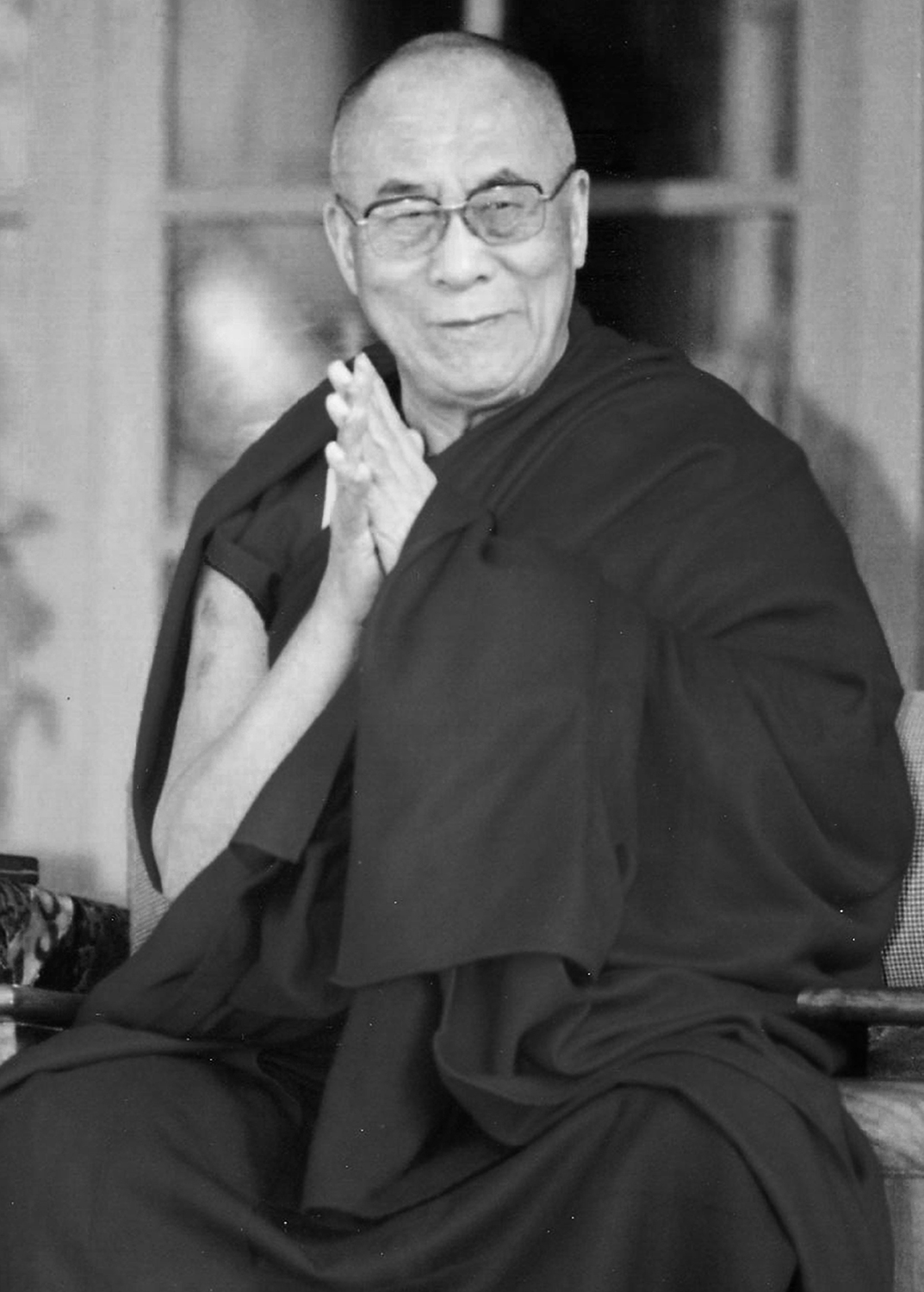

The Dalai Lama and the Panchen Lama, two disciples inherited from Tsongkhapa, are chosen by the unique reincarnation system. In 1751, in order to better manage the Tibetan affairs, the Qing government commanded the 7th Dalai Lama to handle the local administrative affairs, hence the beginning of the integrated theocratic system of administration and religious affairs. From then on, the Qing government formally confirmed the leading position of the Dalai Lama in religious affairs in Tibet, and it came to be an established system that the Dalai of later generations should be approved by the central government of the Qing Dynasty. In 1652, the ninth year of the Qing Dynasty Emperor Shunzhi’s reign, the 5th Dalai Lama and his attendants left Tibet and arrived in Beijing by the end of the year.Įarly in 1653, when the Dalai Lama was on his way back to Tibet, Emperor Shunzhi sent imperial officers at speed to Dagar(today’s Liangcheng of the Inner Mongolian Autonomous Region) to present with the golden seals of authority and a gold certificate of appointment with the title: "The Dalai Lama, Overseer of the Buddhist Faith on Earth Under the Great Benevolent Self-Subsisting Buddha of Western Paradise". The proceeding two generations of the Dalai Lamas were recognized long afterwards, who were two disciples of Tsongkhapa, founder of Buddhism, named Gedun Druppa(the 1st Dalai Lama) and Gedun Gyatso( the 2nd Dalai Lama). Consequently, Sonam Gyatso became the third Dalai Lama. The Ming Dynasty officially recognized the title of "Dalai Lama" in 1587.

Shortly after, the Emperor Wanli bestowed Sonam Gyatso an imperial edict, which there was the wording of "Dalai Lama" in his title. However, the title of "Dalai Lama", only a personal giff-gaff between chiefs of the Tibetan and Mongolian without political and legal significance.Īt Sonam Gyatso’s request, Altan-Khan, the then king of Shunyi, asked the Ming Dynasty emperor to grant a title to Sonam Gyatso. The title symbolizes the extraordinary and knowledgeable guru with the highest achievements in both Exotoric Buddhism and Vajrayana. Therefore, near the Qinghai Lake, he met the tribe chief of Turmot named Altan Khan, who conferred Sonam Gyatso with the title of "Dalai Lama", among which the Mongolian word "Dalai" means vast sea and the Tibetan word "Lama" means the great master.

In 1578, Sonam Gyatso, leader of the Gelug sect, saw the opportunity for the development of the Tibetan Buddhism during the invasion of Mongolia’s forces on the Qinghai-Tibet Plateau. Meanwhile, they also established separatist regimes in Xinjiang and Qinghai,among which the Tribe Turmot,a branch of Mongol, took Qinghai under its jurisdiction for quite a long period. It has been over 400 years since the title of "Dalai Lama" came into being in Tibet, which is closely related to the Tibetan politics and history.Īccording to Liu Hongji, researcher of the China Tibetology Research Center, this term is not originated from the Tibetan culture itself,but it is a loanword like many other words in the vocabulary at the present time.ĭuring the Ming Dynasty, retreating from the Central Plains, the toppled Yuan court, moved westward by occupying a large area in Central Asia. Gedun Druppa was recognized long afterwards as the first Dalai Lama.


 0 kommentar(er)
0 kommentar(er)
